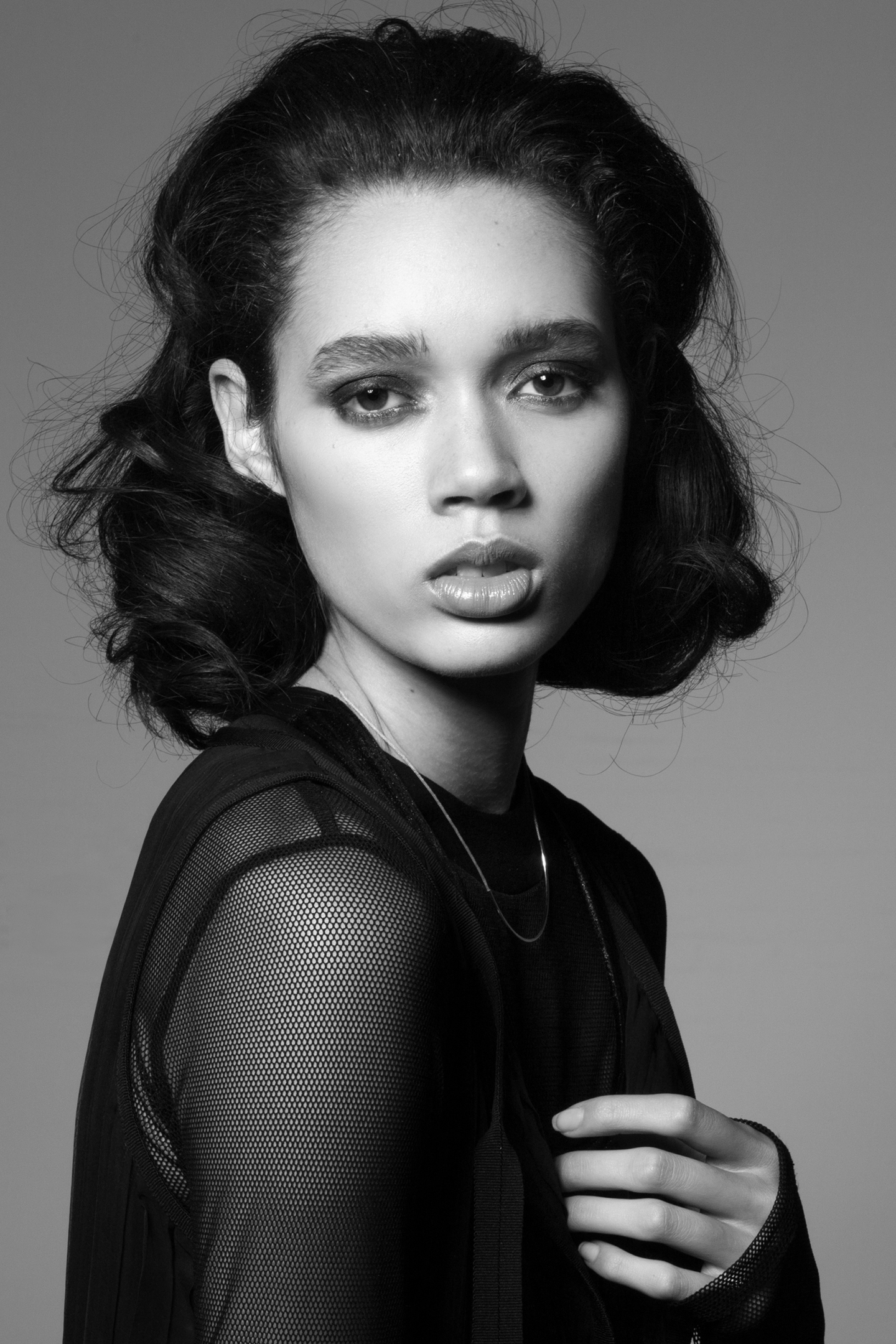Black and white is a medium that almost immediately marks a well executed frame as an instant classic and at the same time evokes a sense of nostalgia. Stripping away color from an otherwise ordinary scene creates a new narrative by presenting a fresh perspective as if it were being viewed for the first time. In this article, we’ll give you three tips for choosing a black and white photo background.

The components of a strong black and white image extend much further than simply converting a color image to grayscale. The execution of the photograph should be made with the intention of black and white at the helm, planning every detail from the styling and mood down to the basics of the background.
Often dismissed as an ancillary detail that should be glossed over, the dedicated background of a monochrome actually deserves to be given the time of day. Its details can either be the glue that pulls the entire image together or the reason the mood gets lost in translation. Below are several things to consider when choosing a background for a shoot.

Tip 1 | Studio vs. Location
Whether or not a shoot is captured in studio or on location will depend on the focus of the shoot. Studio is often chosen for monochrome images in a fashion and beauty setting where the focus is based solely on the styling alone.
Location shoots are usually reserved for environmental portraits or for when the model and the styling are part of a specific narrative. Whether it is about town or in a more private or personal setting such as a car or interior room, the background used must fit the styling as well as the story. It is important to take the time and care to ensure that the backdrop isn’t too busy and becomes a hindrance to the theme. The background should compliment and add to the overall theme, not detract from it.

Tip 2 | Understand the Mood
When determining a black and white photo background, it is important to consider the mood of the overall shoot; high key, low key and tonality are all things to consider. A lighter background evokes a softer feeling while a darker background tends yield more drama. Meanwhile, a setting comprised primarily of midtones is incredibly versatile and a safe bet, especially when shooting outside of the studio.


Tip 3 | Find the Contrast
The amount of contrast between the subject and the black and white photo background is dependent on the overall mood of the shoot, regardless of whether it is in the studio or on location. The type of lighting, artificial or natural, in relation to the overall styling and mood of the shoot is also a key factor.
Less contrast and more tonality are often a good choice when the background plays a role in the story. More contrast, on the other hand, plays up the mood by adding more drama.

As inconsequential as the details of a background may appear, they are essential in adequately achieving the desired end result. Utilize the black and white photo background for what it was intended – a primary tool to add more theatrics to the storyline or narrative of a scene. It is attention to the minute details that bring an entire theme together.













